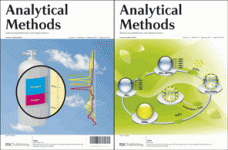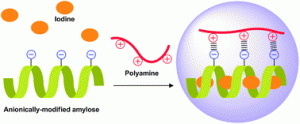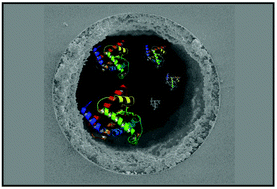Issue 2 is now online, with some great covers (if we do say so ourselves):
On the front cover, Shimosaka et al. describe a high precision GC-TCD system which can verify gravimetrically prepared primary gas standards of oxygen in nitrogen.
High-precision GC-TCD for verification of gravimetrically prepared primary gas standards of oxygen in nitrogen
Takuya Shimosaka, Nobuhiro Matsumoto and Kenji Kato
Anal. Methods, 2011, 3, 280-287
DOI: 10.1039/C0AY00397B
On the inside front cover, Qian et al. develop an enzyme free SERS-based nanoprobe to detect hydrogen peroxide scavenging activity by antioxidants.
Raman spectroscopy for hydrogen peroxide scavenging activity assay using gold nanoshell precursor nanocomposites as SERS probes
Qingfeng Chen, Yanying Rao, Xiaoyuan Ma, Jian Dong and Weiping Qian
Anal. Methods, 2011, 3, 274-279
DOI: 10.1039/C0AY00629G
These articles are free to access until 28 March 2011 so do take a look. And don’t forget you can leave your comments (on the science or the artwork!) back here on the blog by clicking below.













